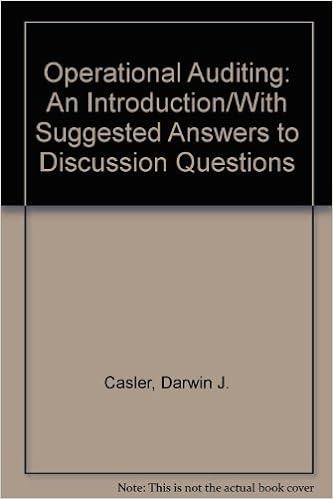A lessee onion into an operating lease with a term greater than one year. Which of the following statements is true? The lessee records depreciation each period equal to the reduction in the Lease payable the lessee record depreciation on a straight-line basis over the lease term. The lessee records depreciation in an amount equal to the interest expense for the period. The lessee revolts depreciation only if one of the four lease capitalization criteria is met. Which of the following is not among the criteria for classifying a lease as a capital financing lease? The agreement specifies that ownership of the asset transfers to the lessee. The agreement contains a bargain purchase option. The lease term is equal to 90% or more of the expected economic life of the asset. The present value of the minimum lease payments is equal to or greater than 90% of the fair value of the asset. On January 1, 2016. Blaugh Co. signed a long-term lease for an office building. The terms of the lease require Blaugh to pay $10,000 annually, beginning December 31, 2016, and continuing each year for 30 years. The lease qualifies as a capital lease. On January 1, 2016. the present value of the lease payments is $112, 500. at the 8% interest rate, implicit in the lease. in Baugh's December 31, 2016, balance sheet, the capital lease liability should be: $102, 500. $111, 500. $112, 500. $290,000. Deferred tax amounts that are related to specific assets or liabilities should be classified as current or noncurrent based on: Their expected reversal dates. Their debit or credit balance. The length of time the deferred tax amounts will generate future tax deferral benefits. The balance sheet classification of the related asset or liability. Tax rates other than the current tax rate may be used to calculate the deferred income tax amount on the balance sheet if: It is "more likely than not" that a future tax rate will be more than the current tax rate. It is "probable" that a future tax rate will be greater than the current rate. the future tax rates have been enacted into law. It appears "more likely than not" that a future tax rate will be less than the current tax rate. Deferred taxes should be presented on the balance sheet: As one net debit or credit amount. in two amounts: one for the net current amount, and one for the net noncurrent amount. in two amounts: one for the net debit amount, and one for the net credit amount. As reductions of the related asset or liability accounts







